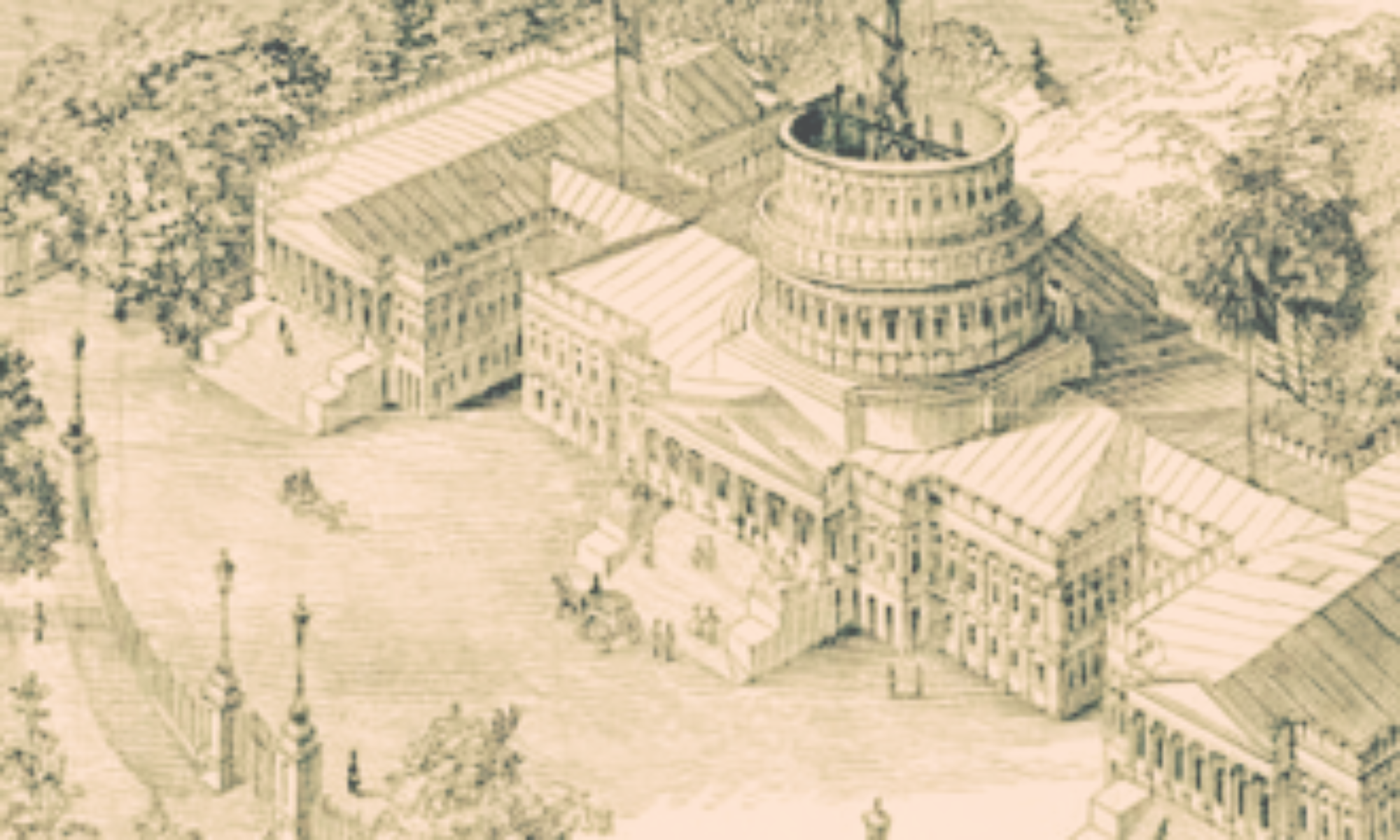
You can almost smell the defensiveness over at the National Hurricane Center (NHC) today.
“It’s frustrating when people take our forecasts verbatim and say, ‘This is where it’s going to be at this time and this is how strong it’s going to be,'” said Richard Pasch, a senior forecaster at the NHC.
Pasch was defending the NHC against charges that it had hyped the storm that, no matter how you shade it, did not live up to advanced billing.
And Pasch his right.
While hurricane prediction is vastly improved, it is still an incomplete methodology that will always be at the mercy of changes decided ultimately by Mother Nature, who is not known to respect our reverence for simulated models.
NHC put out the facts as it best determined them. It was left to others to turn this data into adreneline-clogging hash.
The true culprits here were in the media, who turned coverage of a serious weather event into a narrative of impending doom of apocalyptic proportions. The 24-7 news cycle only concentrated the message and magnified the impact on its transfixed audience.
In assessing the impact, sometimes it is the perspective of an outsider that is most telling.
Toby Harnden of the Telegraph (UK) put together an eye-opening account of media excess. Speaking of a CNN reporter on Long Island as Irene hit New York, Harnden replayed the TV scene.
“We are in, right, now…the right eye wall, no doubt about that…there you see the surf,” he [the CNN reporter] said breathlessly. “That tells a story right there.”
Stumbling and apparently buffeted by ferocious gusts, he took shelter next to a building. “This is our protection from the wind,” he explained. “It’s been truly remarkable to watch the power of the ocean here.”
The surf may have told a story but so too did the sight behind the reporter of people chatting and ambling along the sea front and just goofing around. There was a man in a t-shirt, a woman waving her arms and then walking backwards. Then someone on a bicycle glided past.”
If this was simply a different kind of ratings-generating reality TV, it would be more nuisance than problem.
But the hyped news reporting set off a parallel panic for consumers along the East Coast who descended on Home Depot, Target and other home supply centers and food markets like a swarm of frenzied locusts, leaving behind store shelves looking like Soviet-era supermarkets.
You could almost imagine Al Qaeda head, Ayman al Zawahiri, watching the bedlam playing out on CNN, nodding his head and saying, “These are the people that are beating us?”
Yes, Irene was a significant storm. But this wasn’t Hugo, or Andrew or even Isabel.
It certainly wasn’t a Katrina.
And while 20 people perished from North Carolina to New England in Irene-related deaths, consider that, in a completely random statistic, 30 people died in highway accidents in California alone on Thanksgiving weekend 2009.
I don’t remember any national media pandemonium over those equally tragic deaths over a similar period.
Natural disasters are a fact of life. An earthquake leveled San Francisco. Chicago was burned to the ground. Hurricanes have played havoc in the east. as mudslides and wildfires have in the west.
It is also true that new forms of social media make both the immediacy and urgency of any crisis that much greater.
But that is not an excuse to magnify or aggrandize a serious situation.
Reasonable people can make prudent preparations against a natural disaster to protect their families and property without the media turning each unfolding event into the Cuban Missile Crisis.
And this is not an idle observation.
The law of averages makes it likely that sooner or later we are going to face a genuine, national crisis; a terrorist attack or an epic natural disaster that will make the Virginia earthquake and Irene seem inconsequential by comparison.
By manufacturing crises that are not real, the media cheapen their value and integrity for a time when it will really count.
